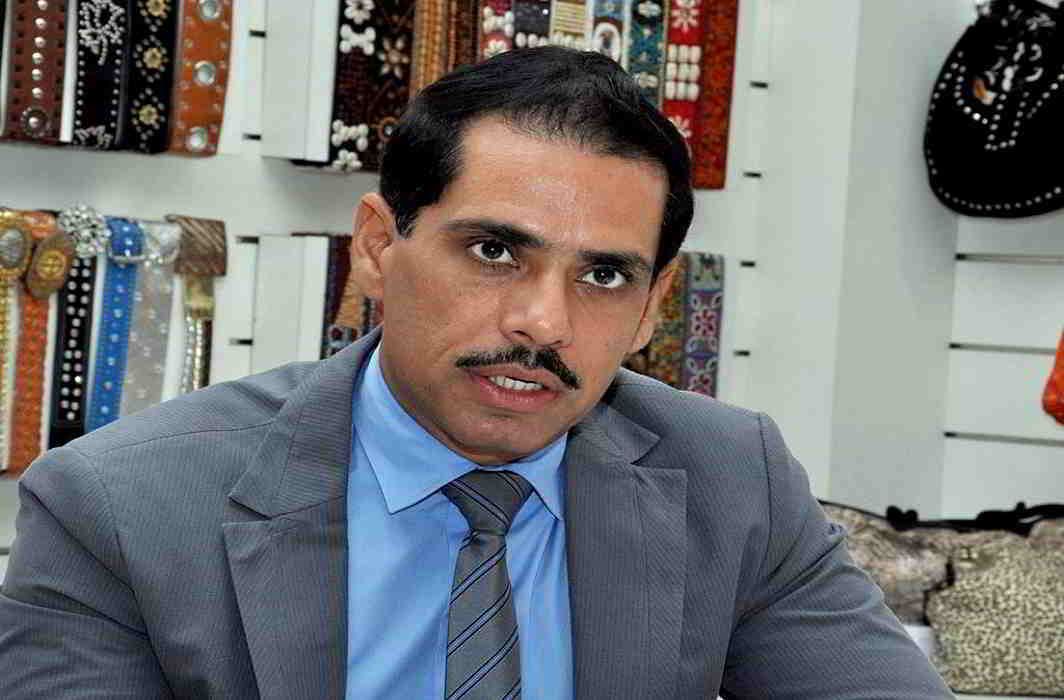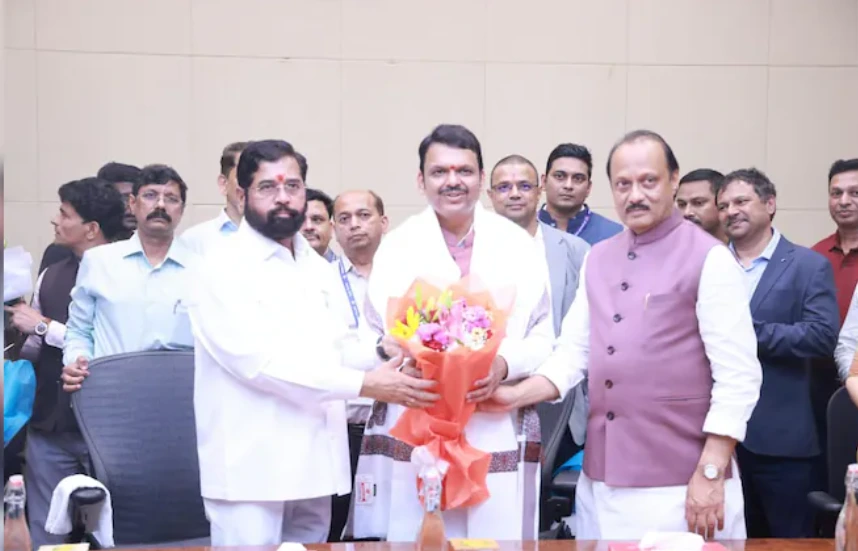[vc_row][vc_column][vc_column_text]The two remaining non-government members of the National Statistical Commission (NSC) resigned on Monday protesting against the withholding of a report that was expected to reflect job losses in the wake of demonetisation.
The report, the NSSO’s (National Sample Survey Organisation) first Annual Survey on Employment and Unemployment for the year 2017-18, was the first by NSSO in this government, media reports said.
The withholding of this report is not a one-off instance. This is not a one-off Prime Minister Narendra Modi’s government and his party have been extremely sensitive about reports that expose the situation on employment front and consequences of demonetisation. BJP MPs who are members of Parliament’s Public Accounts Committee (PAC) have stalled its report on demonetisation and on employment data.
Employment data was also the trigger that forced its acting chairman PC Mohanan and member JV Meenakshi to quit the organisation. Mohanan, a career statistician, and Meenakshi, Professor at the Delhi School of Economics, were appointed by the government as members in the NSC in June 2017.
NSC is an autonomous body constituted in 2006 and tasked to monitor and review the functioning of the country’s statistical systems. As such, the survey reports of the NSSO need the Commission’s approval and not that of the government, a former NSC member told The Business Standard. This mechanism was put in place in 1960s, when a governing council was there, which was replaced by the Commission in 2006.
Both had a three-year term that was to end in June 2020. They cited the treatment being meted out by the government to NSC – withholding of the publication of the National Sample Survey Office’s (NSSO’s) employment survey for 2017-18 and a lack of consultation with the Commission before releasing the backdated gross domestic product (GDP) series last year – as the key reason for their resignations.
In November, the NITI Aayog had announced back series data or “revised” GDP data under the previous Congress-led UPA rule, but did not involve the NSC in the consultation process, which did not go down well with NSC members. The data released by NITI Aayog Vice-Chairman Rajiv Kumar and Chief Statistician Pravin Srivastava trimmed the average growth during the UPA years and showed higher growth in the four years of the BJP-led government. The NSC had released its report on the GDP back-series, which was disowned by the government as just another exercise.
Further, the latest Economic Census was announced by the government but was not brought to the Commission. Also, the NSC was kept out of the release of the National Policy on Official Statistics.
Three years ago, NSC was snubbed by the Niti Aayog over finalisation of GDP back series data.
With these resignations, there are no external members in the Commission. The move has left the commission with only chief statistician Pravin Srivastava and ex-officio member, the Chief Executive Officer of NITI Aayog Amitabh Kant.
The commission is mandated to have seven members. Three posts had been vacant before the resignations.
The immediate trigger for the resignations was the delay in releasing the NSSO’s first series of household survey, known as the periodic labour force survey, for 2017-18, reported Business Standard (BS).
The NSC had approved the survey report in its meeting held on December 5 in Kolkata and it was supposed to be released by the Ministry of Statistics and Programme Implementation, said the BS report, citing sources.
Mohanan told The Indian Express (IE): “The normal convention is that NSSO presents the findings to the Commission, and once approved, the report is released within the next few days. We approved the NSSO survey on employment/unemployment in December beginning,” said Mohanan. “But the report has not been made public for almost two months.”
Srivastava, reported BS, said the NSSO was supposed to come up with annual estimates on labour force, along with quarterly ones in urban areas, and the NSSO would release them after the quarterly survey results for July 2017-December 2018 are processed.
A former member pointed out that the government was uncomfortable with the findings of the NSSO’s household survey. It has been uncomfortable with job situation – the Labour and Employment Ministry has withheld the release of the annual household survey for 2016-17 conducted by the Labour Bureau, despite necessary approvals in place.
The issue of employment has taken centre stage as the campaign to the upcoming general elections gathers momentum. The Modi government has repeatedly cited lack of numbers on jobs as a bigger problem than job creation itself.
“The 2017-18 job survey did not present a good picture on the employment front. This is most likely the reason for holding it back,” said a source in the NSSO.
Earlier, the NSSO undertook employment/unemployment surveys once in five years. The last survey was released in 2011-12.
The next survey should have been in 2016-17. But after considerable thought, the NSC decided to have annual as well as quarterly surveys. The first annual survey undertaken by the NSSO for the year-ending June 2018 (July 2017-June 2018) would have covered both the pre-demonetisation and post-demonetisation period.
Almost three years ago, the Central Statistics Office (CSO), in the Ministry of Statistics and Programme Implementation, had finalised back series data for GDP following a change in the base year from 2004-05 to 2011-12. That exercise had led to an upward revision in growth rates for the UPA years but the NITI Aayog, then under Vice Chairman Arvind Panagariya, did not allow its release.
The latest update by the CMIE revealed that the unemployment rate shot up by 7.4 per cent in December 2018, the highest in 15 months, and that 11 million jobs were lost in 2018 due to demonetisation. But the government has denied job losses, and often said many entrepreneurial jobs have been created.
At a jobs event organised by the Confederation of Indian Industry on January 19, Piyush Goyal, now finance minister, had said that data on jobs available now was not very inclusive and did not cover the many new-age industries, such as taxi aggregators which engage a million people. Entrepreneurship did not get recognised and household help was not accounted for, he said.
“The absence of these will exaggerate the demand and supply situation for employment,” Goyal said – a flawed argument to justify the worsening job situation as entrepreneurship and domestic help were not accounted for earlier as well.[/vc_column_text][/vc_column][/vc_row]


 India News10 hours ago
India News10 hours ago
 India News5 hours ago
India News5 hours ago
 India News9 hours ago
India News9 hours ago
 India News5 hours ago
India News5 hours ago
 Entertainment2 hours ago
Entertainment2 hours ago
 India News2 hours ago
India News2 hours ago
 India News2 hours ago
India News2 hours ago
 Entertainment2 hours ago
Entertainment2 hours ago










